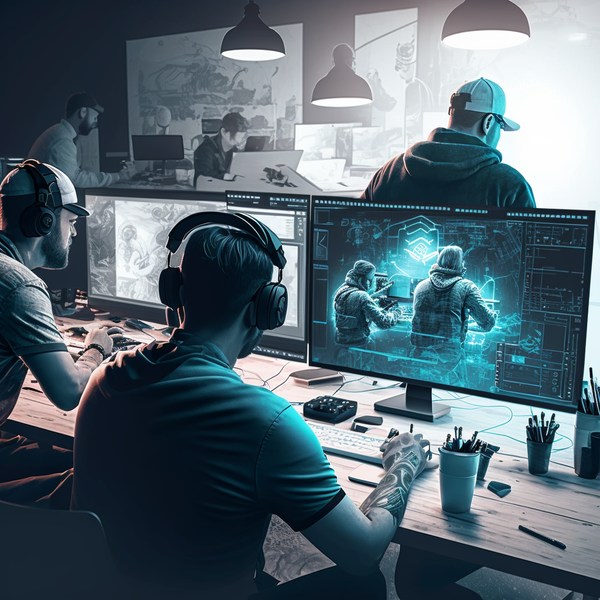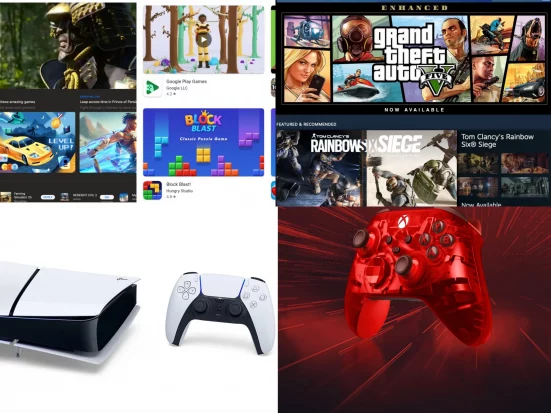Related Resources
Video games have come a long way since the days of Pacman and Space Invaders. (Yes, we’re that old, and we enjoyed playing these games!)
Today, the gaming industry is worth billions of dollars and it spans a myriad of genres, platforms and demographics.
At the heart of every successful game lies great video game design — one that satisfies the players’ needs and expectations with engaging game elements.
But what goes into designing a great video game, exactly?
In this article, we’ll discuss video game design, look at the key elements that make up a successful game and share useful video game design tips!
Whether you’re a gamer, a game designer, or just curious about what goes into making a best-selling game, join us as we explore the art of video game design!
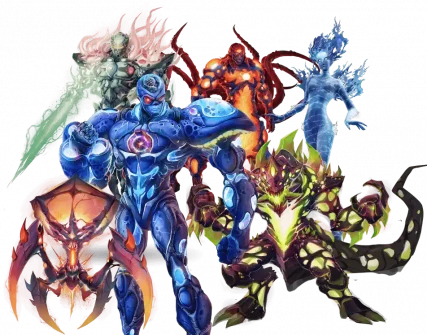
What Is Video Game Design?
Video game design is the process of creating a video game, from conceptualizing the game to developing the storyline and designing the game’s characters to programming the game mechanics and testing the final product.
The goal of video game design is to offer an enjoyable and engaging experience for the player.
To achieve that, video game designers need to do some serious work. They often work in teams, which include artists, developers and other experts working together to create the best game possible.
Of course, this doesn’t mean you can’t create a video game on your own, but in that case, you’d have to put in *A LOT* of super hard work.
Designers and developers use special software and programming languages to bring their ideas to life and create games that work on computers, consoles, or mobile devices.
The process of designing a video game involves a lot of testing and fine-tuning before the final product gets out.
Even the players are often involved in the playtesting stage, so designers and developers can get valuable feedback that can help them improve their product.
It’s clear that a ton of work goes into developing a video game, but that process can be highly enjoyable and rewarding.

Key Elements Of Video Game Design
To offer an engaging gaming experience to players, all elements of video game design need to be cohesive and work well together.
Here are the key elements of game design:
- Game mechanics: This element refers to the rules and actions that determine the way players interact with the game. Game mechanics specify the way a video game will work, from things like player movement to inventory and resources.
- Storytelling: Storytelling is the narrative of the game. It includes characters, plot, game setting and dialogue. It also gives context to the gameplay and can help players feel more invested in the game.
- Art and aesthetics: The visual style of the game includes character and environment design and the overall look of the game. The game’s art style can help create a specific mood or atmosphere and can greatly impact the way a player perceives a game and how much they enjoy it.
- Sound design: This element of video game design refers to the audio elements of the game — music, sound effects and voice acting. Sound design can make a game more immersive and can be used to provide important audio cues for gameplay.
- User interface: User interface is the way that players interact with the game, including game menus, heads-up displays and control schemes. A good user interface is crucial because it makes a game more accessible and easier to navigate.
A good game designer must carefully balance all of these elements to create a game that works without a hitch and is also fun, immersive and memorable.
Piece of cake, right?
Game Mechanics vs. Gameplay
Game mechanics and gameplay are often used interchangeably, but the two refer to different video game design concepts.
Game mechanics, as we mentioned earlier, is the set of rules that establish the way players interact with a game. Think of these rules as the building blocks of a game since they define what players can and can’t do within a game.
Gameplay is the overall experience of playing a game and a result of specific game mechanics.
It includes all the interactions and experiences that players have while playing the game, such as actions they take as well as choices and decisions they make.
Gameplay is the combination of game mechanics and the player’s actions, and it’s what players actually experience when they play a particular game.

Need help creating video game characters? These 7 tools are for you!
Video Game Design Process
Video game design involves a wide range of disciplines, including concept art, storytelling and user interface design.
These are the general steps involved in the video game design process:
- Conceptualization: This is the initial stage during which video game designers generate the idea for a game. They also decide on the game’s theme, genre and target audience during the conceptualization phase.
- Storyboarding: In this phase, the plot is defined, and so are the game’s setting and characters.
- Prototyping: This is where teams make the first playable version of the game. The prototype helps designers and developers test the game mechanics and user interface, and check if the game is fun to play.
- Production: In this stage, the design is fully fleshed out and the game development begins. Developers start to code the game, while artists create the game’s graphics, sound effects, and music.
- Testing: Once the game is developed, it goes through various testing phases to identify and fix bugs, glitches and other issues. Playtesting is also conducted to gather feedback from players and make any necessary changes to the game.
- Release: Once the game is thoroughly tested and polished, the stress levels usually go through the roof since it’s time to share the product to the public. This stage involves marketing and advertising the game to generate interest and build hype around the launch.
- Post-release: After the game is released, it goes through a maintenance phase, where any additional bugs or issues are fixed. Updates and expansions are also released to add new content and features to the game.
These steps may vary depending on the scope and complexity of the game, but they make up a general framework of the game design process.
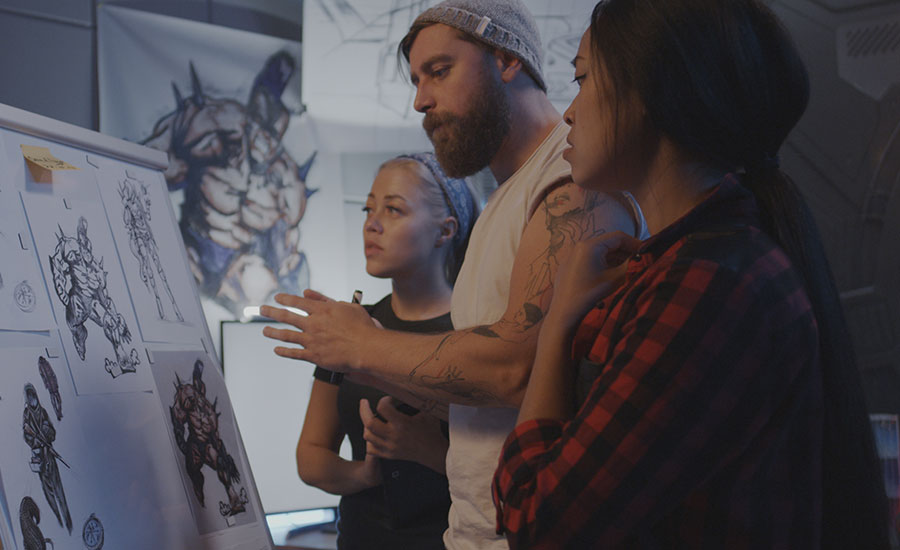
6 Tips For A Winning Video Game Design
Although there isn’t a magic formula that guarantees a game will become a success, here are some useful tips that will make your video game design process easier:
- Know your target audience: Before you start designing the game, it’s important to identify your target audience. Ask yourself — who am I making this game for? Understand your audience’s preferences, interests and playing habits. This will help you create a game that appeals exactly to your audience and keeps them engaged.
- Focus on the player experience: When designing a game, keep the player at the center of the design process and consider their needs and desires. That way, you’ll ensure your game is fun and engaging for them.
- Prioritize usability: Make sure that your game is easy to understand and navigate, with clear and intuitive controls and user interfaces. Players should be able to jump in and start playing without having to waste time figuring out where to click to launch the game and move forward.
- Design for accessibility: Make sure that your game is accessible to as many players as possible, including those with disabilities. To achieve this, consider adding features such as subtitles and customizable controls, which would allow players to manipulate the game the way that works best for them.
- Create a cohesive game world: The game’s setting, characters and narrative should all blend together into a cohesive game world. This can help draw players into the game and keep them engaged.
- Test, test, test: Testing is critical to ensuring a great game design. Playtest the game regularly to identify bugs and glitches. Oh, and don’t forget to gather feedback from players to make improvements, then refine the game design based on the info and results you get!
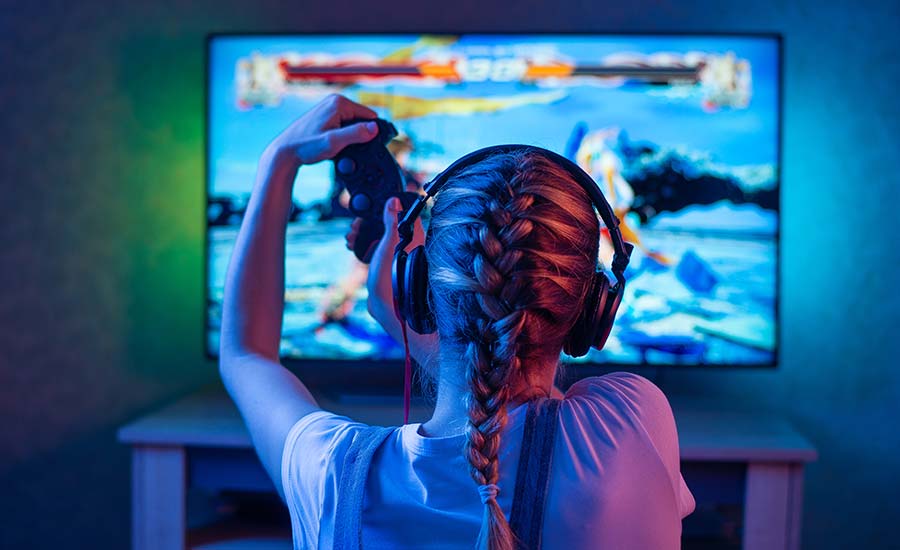
Poor Video Game Design Practices
When creating a video game (especially if it’s your first), there are many potential pitfalls in that process. The issues you encounter may lead to a game that is uninteresting, buggy, or simply unplayable.
Some common mistakes to avoid include:
- Lack of focus: It’s important to have a clear vision from the start about what you want to achieve with the game. Once the goal is clear, you can fully focus on making that game the best it can be. Remember, a game that tries to do too much can end up being chaotic and difficult to understand.
- Poor pacing: Games that are too slow or too fast can be frustrating for players. It’s important to carefully balance the pace of the game to keep players engaged and interested.
- Bad user interface design: We obviously can’t stress this enough. A confusing or cluttered user interface can make it difficult for players to navigate the game. That’s why it’s paramount to design a clean and intuitive interface that guides players seamlessly through the game and facilitates their navigation.
- Poor level design: Levels that are too easy or too difficult can make the game off-putting for players. Create levels that are challenging but fair and provide a sense of progression and accomplishment for the player.
- Overuse of cutscenes: Cutscenes can be an effective way to tell a story, but too many can interrupt the flow of the game and become tedious. Don’t overdo it!
- Bugs and glitches: Bugs and glitches can ruin the player’s experience and make the game unplayable. The games must be thoroughly tested to identify and fix any issues before the release.
- Lack of originality: A game that feels like a copy of another game or lacks originality can fail to attract players — make sure your idea is unique before you hit the ground running!
A Recap On Video Game Design
Video game design is a field that combines creativity and technical skills.
To become great at it, you have to know your audience well and understand what makes games enjoyable for them.
As the video game industry continues to grow and evolve, it’s also important to stay up-to-date with the latest trends and technologies, and remain open to new ideas and perspectives.
That way, you can offer a unique gaming experience to players around the world.
So, whether you’re a seasoned game designer or just starting out, always remember to keep pushing yourself creatively, stay curious and open-minded, and work hard to create games that are not only fun to play, but also have the power to inspire and entertain players for years to come!

